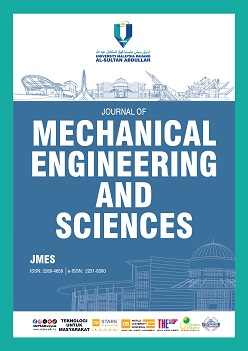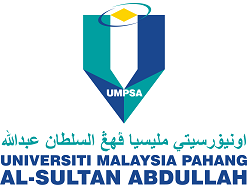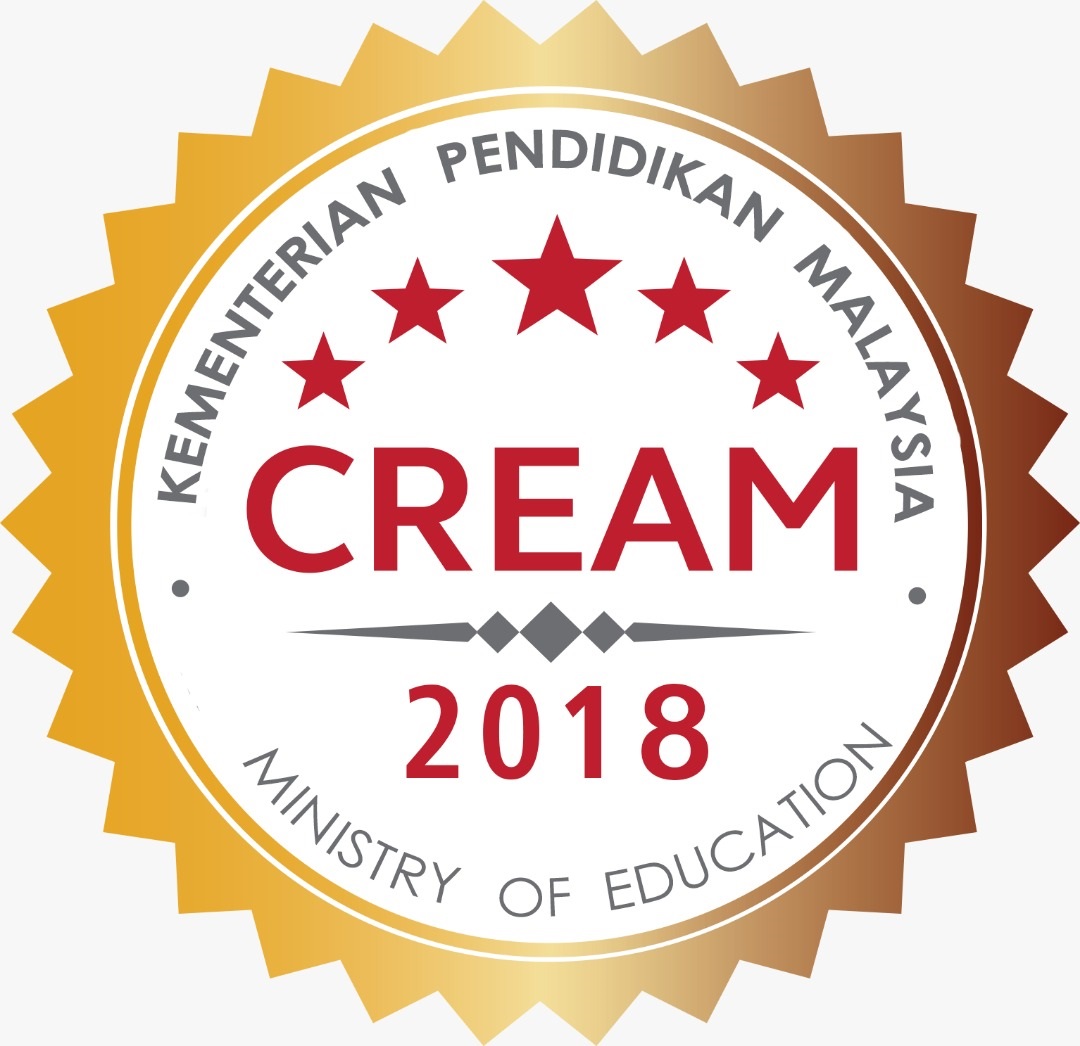Effect of after burn cooling on temperature and damage of human skin: A finite element approach
DOI:
https://doi.org/10.15282/jmes.19.1.2025.3.0820Keywords:
Skin Burn, Finite element, after burn cooling, damage integralAbstract
Burn injuries are a significant health concern, requiring immediate and effective intervention to minimize tissue damage. Experimental measurement of temperature variations in live tissues is challenging, making numerical simulations, such as the finite element method, essential for studying skin temperature distribution and evaluating cooling strategies. This study aims to develop a finite element model to simulate the thermal response of human skin during and after heat exposure and to compare the effectiveness of various first-aid cooling methods. A 2D finite element code was developed in C programming language, with key assumptions including negligible metabolic heat generation and perfect thermal contact between the skin and a hot disk at 90°C for 15 seconds. Post-burn cooling strategies analyzed include ambient air, water immersion, flowing water jets, ice, and cryogenic spray. The results demonstrate that ice cooling was the most effective, reducing epidermal temperature to 0 °C within 32 seconds, though it poses risks of hypothermia. Water jets using forced convection were the second most efficient, lowering tissue temperature below critical damage thresholds 35% faster than water immersion. Cryogenic spray cooling, despite its rapid localized effect, was less effective due to limited tissue coverage. The finite element analysis provided quantitative insights into temperature reductions across skin layers and calculated burn damage integrals over time for each method. This study highlights the critical role of finite element modeling in understanding post-burn treatment dynamics. The findings provide guidance for selecting optimal cooling strategies and serve as a basis for developing advanced cooling devices and refining first-aid protocols.
References
[1] WHO, “Burns,” World Health Organization [Online], 2023. Available: https://www.who.int/news-room/fact-sheets/detail/burns
[2] T. Zebra, “House Fire Statistics,” The Nation Leading Independent Insurance Comparison Site [Online], 2023. Available: https://www.thezebra.com/resources/research/house-fire-statistics/
[3] W. Żwierełło, K. Piorun, M. Skórka-Majewicz, A. Maruszewska, J. Antoniewski, I. Gutowska, “Burns: classification, pathophysiology, and treatment: A review,” International Journal of Molecular Sciences, vol. 24, no. 4, p. 3749, 2023.
[4] M. J. Simpson, S. McInerney, E. J. Carr, L. Cuttle, “Quantifying the efficacy of first aid treatments for burn injuries using mathematical modelling and in vivo porcine experiments,” Scientific Reports, vol. 7, no. 1, p. 10925, 2017.
[5] J. P. Abraham, B. Plourde, L. Vallez, J. Stark, K. R. Diller, “Estimating the time and temperature relationship for causation of deep-partial thickness skin burns,” Burns, vol. 41, no. 8, pp. 1741–1747, 2015.
[6] A. M. M. Mukaddes, M. Junaid, “Running water as first aid for burn and early hypothermia: A numerical investigation on human skin,” Burns Open, vol. 8, no. 2, pp. 105–111, 2024.
[7] K. G. Klavuhn, D. Green, “Importance of cutaneous cooling during photothermal epilation: Theoretical and practical considerations,” Lasers in Surgery and Medicine, vol. 31, no. 2, pp. 97–105, 2002.
[8] Y. Cao, T. H. Lei, F. Wang, B. Yang, T. Mündel, “Head, face and neck cooling as per-cooling (cooling during exercise) modalities to improve exercise performance in the heat: A narrative review and practical applications,” Sport Medicine, vol. 8, no. 16, pp. 1-17, 2022.
[9] P. Smakulski, “Method of high heat flux removal by usage of liquid spray cooling,” Archives of Thermodynamics, vol. 34, no. 3, pp. 173–184, 2013.
[10] E. A. Ahmed, S. Y. Mohammad, D. A. Abdelatief, A. S. Ali, “Effect of cryotherapy on pain associated with chest tube removal after thoracotomy,” Evidence-Based Nursing Research, vol. 5, no. 3, pp. 22–35, 2023.
[11] M. Nizamoglu, A. Tan, T. Vickers, N. Segaren, D. Barnes, P. Dziewulski, “Cold burn injuries in the UK: The 11-year experience of a tertiary burns centre,” Burns Trauma, vol. 4, no. 1, pp. 1-8, 2016.
[12] L. Cuttle, M. Kempf, P. Y. Liu, O. Kravchuk, R. M. Kimble, “The optimal duration and delay of first aid treatment for deep partial thickness burn injuries,” Burns, vol. 36, no. 5, pp. 673–679, 2010.
[13] A. M. M. Mukaddes, R. Shioya, M. Ogino, D. Roy, R. Jaher, “Finite element-based analysis of bio-heat transfer in human skin burns and afterwards,” International Journal of Computational Methods, vol. 18, no. 3, p. 2041010, 2021.
[14] A. G. Shulman, “Ice water as primary treatment of burns: simple method of emergency treatment of burns to alleviate pain, reduce sequelae, and hasten healing,” Jama, vol. 173, no. 17, pp. 1916-1919, 1960.
[15] H. H. Pennes, “Analysis of tissue and arterial blood temperatures in the resting human forearm,” Journal of Applied Physiology, vol. 1, no. 2, pp. 93-122, 1948.
[16] C. Kumari, A. Kumar, S. K. Sarangi, A. Thirugnanam, “Effects of spray parameters on skin tumour ablation volume during cryotherapy,” Australasian Physical and Engineering Sciences in Medicine, vol. 42, no. 2, pp. 453–464, 2019.
[17] D. A. Torvi, J. D Dale, “A finite element model of skin subjected to a flash fire,” Journal of Biomechanical Engineering, vol. 116, no. 3, pp. 250-255, 1994.
[18] F. Xu, T. J. Lu, K. A. Seffen, “Biothermomechanical behavior of skin tissue,” Acta Mechanica Sinica/Lixue Xuebao, vol. 24, no. 1, pp. 1–23, 2008.
[19] S. Chakraverty, N. Mahato, P. Karunakar, T. Rao. Weighted Residual Methods. 1st Ed. Udicha, India: Wiley Telecom, 2019.
[20] M. Sannyal, A. M. M. Mukaddes, “Numerical investigation of tissue-temperature controlled system in thermal ablation: A finite element approach,” Journal of Applied and Computational Mechanics, vol. 7, no. 3, pp. 1826–1835, 2021.
[21] H. G. Kumie, A. A. Tiruneh, G. A. Derese, “Crank–Nicolson method for solving time-fractional singularly perturbed delay partial differential equations,” Research in Mathematics, vol. 11, no. 1, pp. 1-15, 2024.
[22] M. Jamil, E. Y. K. Ng, “To optimize the efficacy of bioheat transfer in capacitive hyperthermia: A physical perspective,” Journal Thermal Biology, vol. 38, no. 5, pp. 272–279, 2013.
[23] J. Ma, X. Yang, Y. Sun, J. Yang, “Thermal damage in three-dimensional vivo bio-tissues induced by moving heat sources in laser therapy,” Scientific Reports, vol. 9, no. 1, p.10987, 2019.
Downloads
Published
Issue
Section
License
Copyright (c) 2025 The Author(s)

This work is licensed under a Creative Commons Attribution-NonCommercial 4.0 International License.






